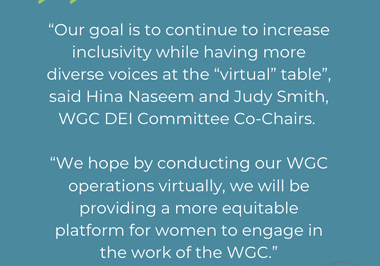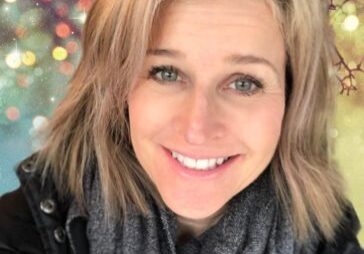FIVE WOMEN WHO HELPED CREATE A COMMUNITY
Heather Kirk-Davidoff, Amanda Loudin
March 2017/April 2017
Everyone knows that Columbia is a “planned community.” But who, exactly, planned it?
James Rouse and his staff, along with the 14 experts who constituted a “Work Group,” came up with the design for streets and 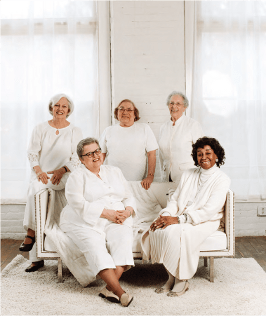
But Rouse and his team may have underestimated what women would want. “The thought had been that women would be looking for things like art classes and coffee klatches,” says Kellner. But this was the early 60’s and these were, by and large, college-educated women.” When the first families arrived, she says, “There wasn’t much here.” During this period, a time of social change, Kellner points out, “Many of these women had greater ambitions for themselves and their community.”
The Columbia Women’s Center became a place where women could come together for consciousness raising circles. They got together and shared ideas, coming up with plans with which to create the changes they wanted to see in their community. These women started a cooperative nursery school, a women’s art gallery, an orchestra and many of the nonprofits that continue to serve the county today.
“If you were here in the beginning, you were a charter member of everything that happened,” explains Helen Ruther, a Columbia pioneer. “If you wanted something to happen, you had to start it yourself.”
And that’s how Columbia really got planned. The families that moved here wanted ways to connect, ways to advocate for their interests and ways to enrich their lives. More often than not, it was the women who formed the relationships and founded the organizations that made those things possible. Here are some of those women. Just a few of the many who made Columbia the community it is today. – H.K.D
 PAT HATCH
PAT HATCH
Pat Hatch couldn’t have realized in 1981 that her early vision for improved immigrant services in Howard County would be needed more than ever 35 years later. At the time, Hatch was a church volunteer helping resettle families. “I saw that most of them were struggling,” she says. “The programs available to them back then were one-size-fits-all and they are not one-size-fits-all clients.”
Her determination to better serve the county’s immigrant population led to a joint effort between Howard Community College and the Columbia Foundation called the Foreign-born Information and Referral Network (FIRN). Hatch was a one-woman show, who led “lots of volunteers” to work with 90 people that first year. “By the end of the third year, we were serving 600 people and we applied for a second staff person,” she explains.
Today the organization provides immigrants, refugees and asylum seekers from more than 75 countries access to community resources. Hatch spent 16 years guiding and running FIRN and then decided to move on.
Hatch’s work with FIRN very much formed what she does today as a retiree, working full time leading refugee and immigrant resources ministry for the Mission to North America for the Presbyterian Church in America. “As I got ready to retire, I told people I was looking for my next step,” she says, “and that led me to this.”
While the work has never been easy, Hatch’s strong sense of community and faith have kept her at it. “It’s amazing how it has all unfolded,” she says. “ – A.L.
 MAY RUTH SEIDEL
MAY RUTH SEIDEL
“I was interested in the two things that have been the least successful parts of Columbia,” May Ruth Seidel explains. “Public transportation and affordable housing.” Seidel says that Jim Rouse counseled that public transportation would have to wait until Columbia was fully populated, she says. “Well, we’re there and we’re still waiting.”
Seidel didn’t wait for affordable housing— she promoted it while serving on Howard County’s Housing and Community Development Board through the 1980s and she organized the Howard County Housing Alliance in 1987. She also played a key role in establishing Howard County’s first homeless shelter, the Audrey Robbins Shelter.
Born and raised in Baltimore, Seidel moved to Columbia in 1970 with her husband, Henry, a pediatrician who founded the Columbia Medical Plan. “The year we moved here, my youngest son went away to college and I retired, so I put my energy into the community,” she says. The Community Action Council (CAC) was the focus of her attention at first—she joined the board of directors in 1971 and served as president from 1972 to 75. Together with CAC staff Dotty Moore, Seidel promoted Head Start throughout Howard County.
The Columbia Forum is the work that Seidel likes to talk about these days. The group formed out of an effort to engage the community in a conversation about what Columbia could—and should—become. “We started with eight or 10 people who sat around my table and talked about community over sherry and cheese and crackers,” she says. Ten years later, the group engaged the whole community to celebrate Columbia’s 25th anniversary with a “Columbia Voyage.” The “Voyage” began with a conference, led to a series of task groups and resulted in “An Agenda for Columbia” with input from over 1,000 people. – H. K. D.
 HELEN RUTHER
HELEN RUTHER
Helen Ruther moved to Columbia with her husband and two young children four months after the community officially opened. Six weeks later, she found herself sitting next to the president of the Howard County League of Women Voters, Anita Iribe, at an elementary school meeting. Before long, Ruther was a board member. “If Jim Rouse was the father of Columbia, Anita Iribe was the mother,” Ruther says. “The league ended up acting as a kind of liaison between the county and Columbia in the early days.”
Through her work with the league, Ruther came to know many of the elected officials in Howard County. She served as the Town Center representative to the Columbia Association board from 1974 to 77 and was later appointed to the Planning Board where she served for 15 years. “I didn’t know a thing about planning when I started, but it was so interesting. I learned a lot.”
Ruther’s interests extend far beyond politics. In 1968, she and a friend, Marsha Gorrie, founded the Columbia Film Society. “The first movie we ever showed was a Japanese Western called “Yojimbo,” she says. “It was so violent!” A number of people walked out before the movie ended, Ruther says. “Marsha and I hid in the bathroom so we didn’t have to face them.” Fortunately, people returned the following month, and things improved after that. The club is still running, 49 years later, and Ruther still serves as the society’s treasurer. – H.K. D.
 DORIS LIGON
DORIS LIGON
Doris Ligon’s husband always told her to “stop thinking about it and do it” when it came to establishing an African art museum in Howard County. After about five years of thinking, she finally did. That was in 1980 and today, Ligon continues to bring the artworks of Africa to the community.
“I was learning how to become a docent in the 1970s and I realized that not many people were learning about African art and people,” she explains. “Finally I decided to start an educational institution with the plan of encouraging a positive view of African art.”
Ligon’s vision brought the first museum to the county, and she poured her own knowledge and financial backing into making it a success. She also ensured that the museum formed a partnership with the public school system and Howard Community College to expand its education mission. Young people, she says, are receptive to learning, and at the same time, honest. “They’ll tell you when they are bored,” she says. “If you don’t do your job well, it encourages no one to learn about your subject.”
Today Ligon’s impact on the community is far reaching and her love of the subject matter keeps her going. That said, the 80-year-old ball of energy is looking forward to finding the right person to carry on her work sometime in the near future. “I didn’t start this to stop it,” she says. “But I am searching for the next leader to take it over.” – A. L.
 FRANCES DAWSON
FRANCES DAWSON
Howard County has always treasured the arts and at the center of that passion is the Columbia Pro Cantare, a mixed volunteer chorus of more than 100 members. Director Frances Dawson founded the chorus back in 1977, inspired by the Rouse vision of Columbia as a place where residents could find and grow their artistic talents. “We started by filling a summer need with the BSO, but it became clear that the cantare was of value to the community,” she explains. “Over time it became a full-time job for me.”
Today the cantare continues to entertain throughout the region, offering up performances of works spanning centuries and from around the world. Through it all, Dawson has remained a tireless champion of the arts in Howard County. “I hear from new people moving to the area all the time and this serves as a sense of community for them,” she says. “I never tire of hearing their stories. It’s rewarding to hear what the cantare means to people.”
There’s no question that the cantare has been Dawson’s life’s work, and she worries about its future, as audience sizes dwindle and fundraising becomes an ever more daunting task. “This is something everyone in the arts is facing,” she says. “But the sound of the music and the friendships I have made reinforce why I do it.” Columbia Pro Cantare will celebrate its 40th anniversary as Columbia celebrates its 50th with a concert in May, 2017. – A.L.
We Remember…
Libby Rouse was married to Columbia founder James Rouse until 1973. Libby was instrumental in th
Florence Bain moved to Columbia at age 70 and made sure that the concerns of seniors were considered in Columbia’s early development. Bain served on Howard County’s Commission on Aging and advocated for the creation of a senior center, which finally opened in 1983 and was named for her.
Louise Eberhardt came to Columbia in 1969 to work for the Columbia Cooperative Ministry. She soon began to gather women for support and consciousness raising. These groups led to the development of the Women’s Resource Center which opened in March 1973.
Peg Zabawa, founder of Mrs. Z’s, an early Columbia restaurant that offered homemade soups and breads and served as a 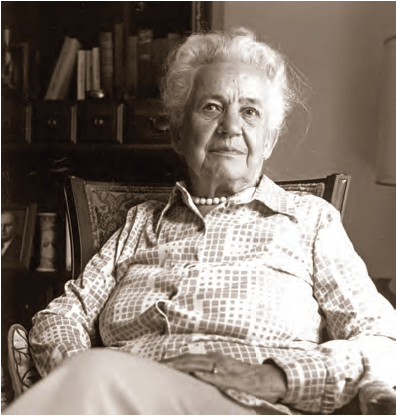
Ruth Keeton was elected to the Howard County Council in 1974, along with a full slate of Columbia residents, and served until 1988, chairing the council from 1979 to 1984. An advocate for affordable housing, Keeton was appointed to the Maryland State Housing Task Force. An assisted living facility on Ruth Keeton Way in Columbia is named in her honor.
Wylene Burch founded the Howard County Center of African American Culture of Columbia in 1981, with displays based on her extensive personal collection and passion for teaching Black history.
Maggie Brown arrived in Columbia in 1970 with her husband and three children. After some time as a community volunteer, she worked for the Columbia Association in a variety of capacities for more than two decades until she was appointed president of 

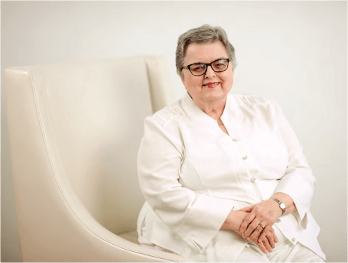 PAT HATCH
PAT HATCH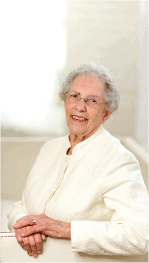 MAY RUTH SEIDEL
MAY RUTH SEIDEL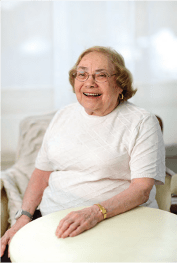 HELEN RUTHER
HELEN RUTHER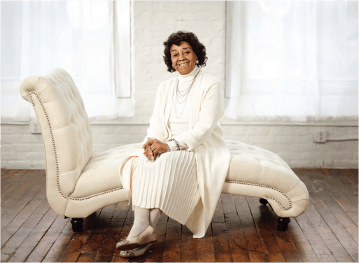 DORIS LIGON
DORIS LIGON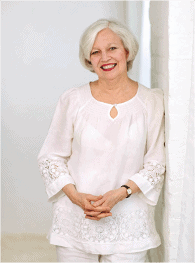 FRANCES DAWSON
FRANCES DAWSON
